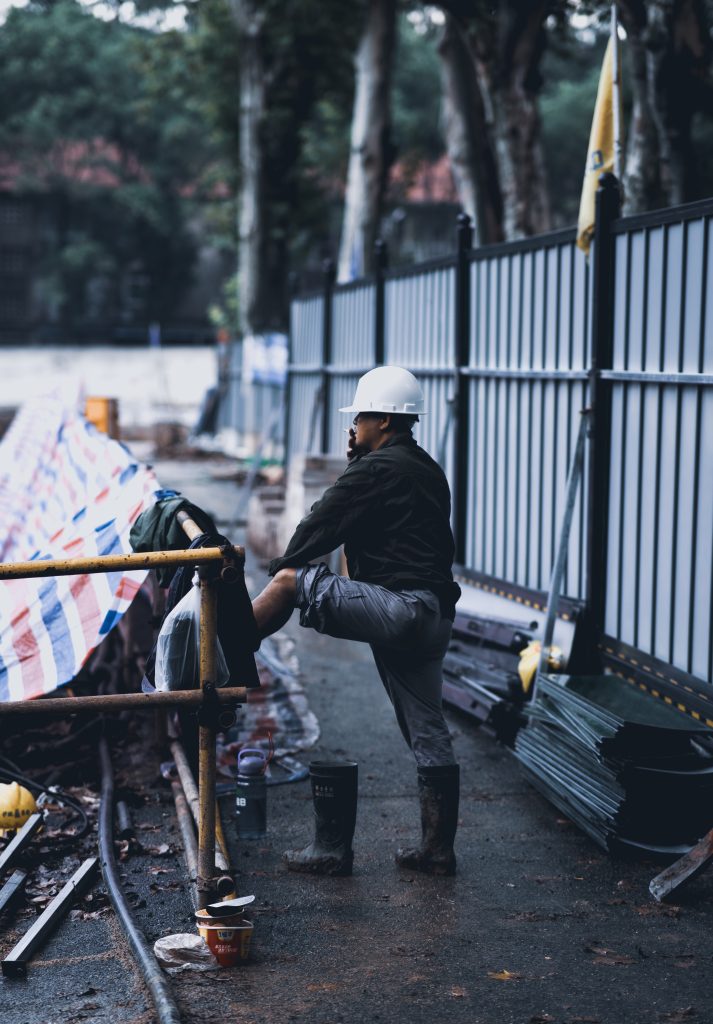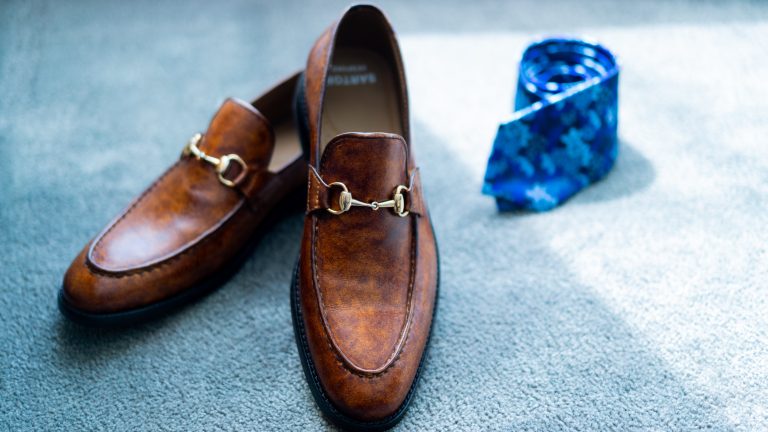How Do Safety Shoes Work? Are Safety Shoes Safe?
Introduction
How Do Safety Shoes Work? Safety shoes are an essential piece of personal protective equipment (PPE) designed to protect the feet from various workplace hazards. In this article, we will explore the mechanisms behind how safety shoes work and address the common question: Are safety shoes safe?

Understanding the Design
How Do Safety Shoes Work?
- Material Composition: Safety shoes are typically made from durable materials like leather, steel, composite materials, and rubber. These materials provide a sturdy shield against impacts and punctures.
- Reinforced Toes: Most safety shoes feature reinforced toe caps, often made of steel or composite materials. These caps protect the toes from heavy falling objects, reducing the risk of crush injuries.
- Sole Construction: Safety shoe soles are engineered to provide excellent traction, preventing slips and falls. They also have shock-absorbing properties, reducing the impact on the feet and joints.
How Safety Shoes Work
- Impact Resistance: Safety shoes are designed to withstand significant impacts. The reinforced toe caps distribute the force of an impact, preventing direct contact with the toes and reducing the risk of fractures.
- Puncture Protection: Work environments with sharp objects pose a puncture hazard. Safety shoes incorporate midsoles made of special materials that protect the feet from punctures, such as nails or shards of glass.
- Electrical Hazard Protection: Some safety shoes are equipped with EH (Electrical Hazard) protection, which means they can insulate against electrical shocks. This feature is crucial for workers in environments with electrical equipment.
- Chemical Resistance: Certain workplaces involve exposure to chemicals. Safety shoes with chemical-resistant materials protect the feet from corrosive substances, reducing the risk of chemical burns.
Are Safety Shoes Safe?
- Certifications and Standards: Safety shoes undergo rigorous testing to meet specific safety standards. Look for certifications like ANSI (American National Standards Institute) or ASTM (American Society for Testing and Materials) to ensure the shoes comply with safety regulations.
- Proper Fit: Safety shoes must fit well to be effective. Ill-fitting shoes can cause discomfort and reduce their protective capabilities. It’s essential to choose the right size and style for individual foot shapes and work requirements.
- Regular Inspection and Maintenance: Safety shoes need regular inspection to ensure they are in good condition. Damaged shoes should be replaced promptly to maintain their protective qualities.
Conclusion
In conclusion, safety shoes play a vital role in safeguarding workers from workplace hazards. Their robust design and various protective features make them an indispensable part of PPE. By understanding their mechanisms and ensuring proper usage, workers can significantly reduce the risk of foot injuries in hazardous environments.
Frequently Asked Questions
- Are safety shoes necessary for all types of jobs?
Yes, safety shoes are essential for jobs where there is a risk of foot injuries from falling objects, sharp materials, or electrical hazards.
- How often should safety shoes be replaced?
Safety shoes should be replaced every 6 months to a year, depending on their usage and the wear and tear they undergo.
- Can safety shoes prevent all types of foot injuries?
While safety shoes provide significant protection, they cannot prevent all types of foot injuries. Workers should still practice caution and follow safety protocols.
- Are there specific safety shoes for different industries?
Yes, there are specialized safety shoes designed for various industries, such as construction, manufacturing, and healthcare, each tailored to specific workplace hazards.
- How can I ensure my safety shoes fit correctly?
It’s essential to measure your feet accurately and try on different styles to find the most comfortable and well-fitting safety shoes. Consulting a shoe expert can also help in finding the right fit.




Leave a comment